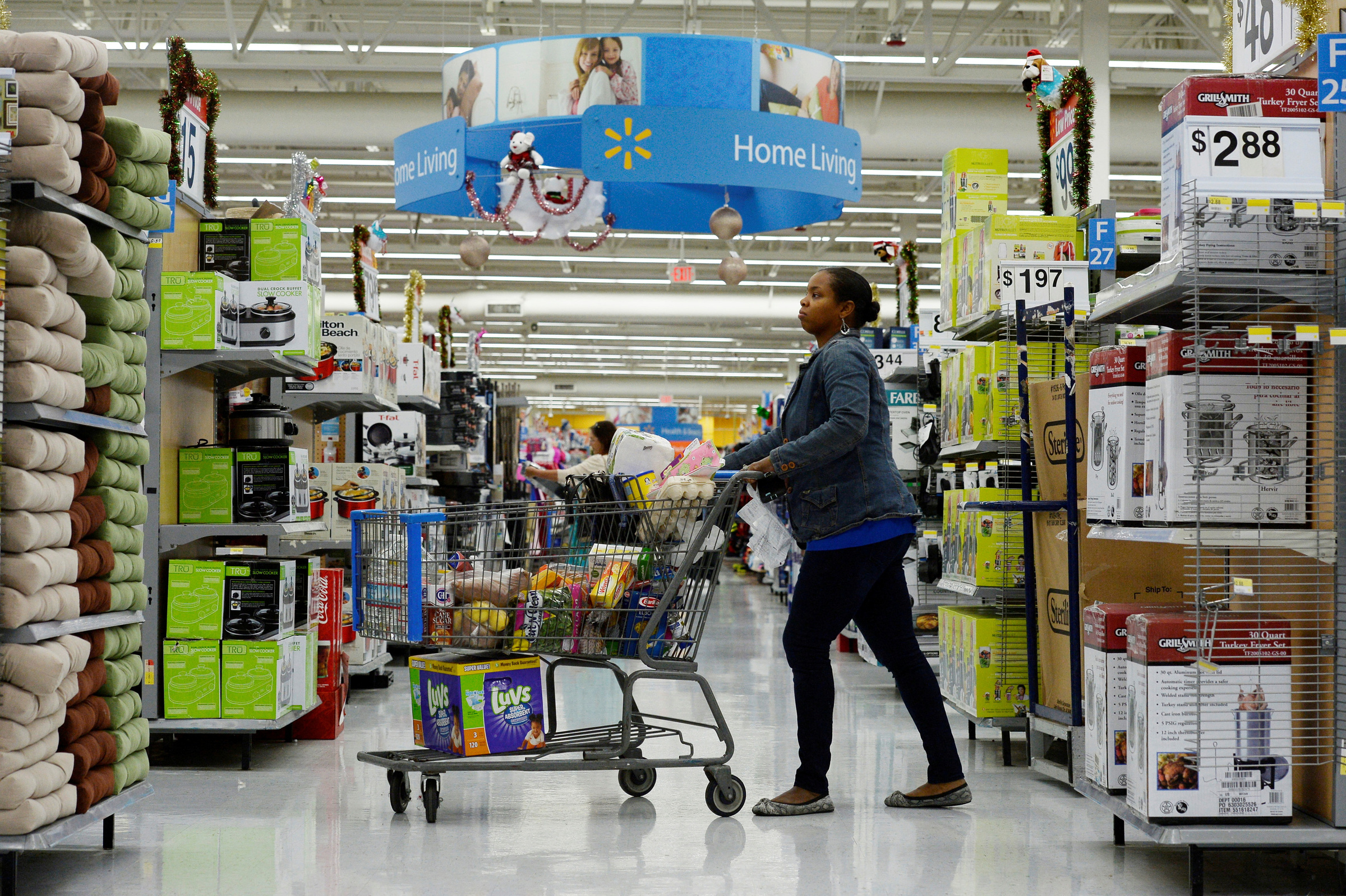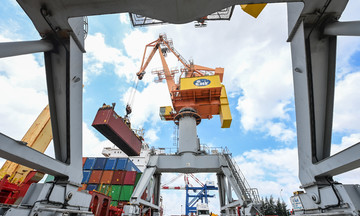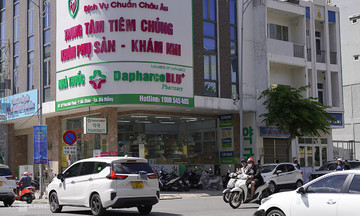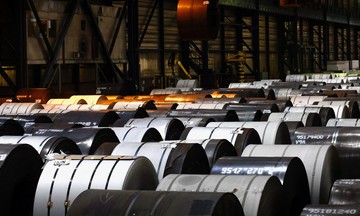Consumer spending, which accounts for over two-thirds of the US economy, rose by 0.5% last month, following a 0.4% increase in June, the Department of Commerce reported.
Spending on goods increased by 0.8%. Americans bought more food and beverages, cars, clothing and footwear, furniture, and household appliances. However, spending on gasoline and other energy products decreased.
Spending on services rose by 0.4%, driven by the financial and insurance sectors, healthcare, as well as housing and utilities. Conversely, spending at restaurants, bars, and hotels declined.
Tim Quinlan, senior economist at Wells Fargo, said the drop in consumer spending on dining out and hotel stays is not a serious sign. "But it does illustrate the kinds of budget decisions that households are contemplating under pressure," he commented.
 |
Consumers shopping at a Walmart supermarket in Los Angeles. Photo: Reuters |
Consumers shopping at a Walmart supermarket in Los Angeles. Photo: Reuters
Consumer spending in the US remains strong amid rising prices. The personal consumption expenditures (PCE) price index rose by 2.6% in July compared to the same period in 2024, according to the Department of Commerce. Excluding food and energy, prices increased by 2.9%, the highest level since February. Previously, the consumer price index (CPI) recorded a 2.7% year-on-year increase, and core CPI rose by 3.1%.
Import tariffs have been slow to impact inflation as businesses are selling off inventories accumulated before the tariffs took effect. However, inventories fell in Quarter II, and companies warn that tariffs are increasing costs, which economists predict will eventually be passed on to consumers.
"We expect further unwelcome price inflation stemming from tariffs in coming months," said Scott Anderson, chief economist at BMO Capital Markets. Households also anticipate further price increases. A report from the University of Michigan showed that consumer inflation expectations rose to 4.8% in August, from 4.5% in July.
These figures illustrate why many Federal Reserve (Fed) officials are hesitant to cut interest rates. Inflation is much lower than its peak of around 7% three years ago but remains significantly above the Fed's 2% target.
Preston Caldwell, chief economist at Morningstar, commented that the data paints a picture of an economy at risk of slowing down, but with high inflation. "This presents something of a dilemma for the Fed, but we expect them to cut rates twice this year," he said.
Phien An (Reuters, AP)












